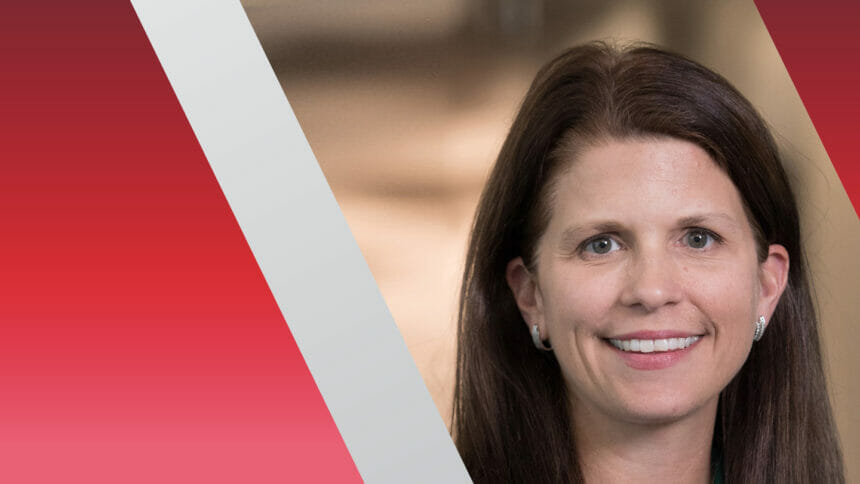
Q: Tell us about the goal of your recent study of models that might reduce rehospitalizations and improve nursing home care.
A: Many tasks that are needed to safely care for residents are behind a computer. The goal of this study was to look carefully at what kind of clinical support well-trained nurses with nursing home experience, who have access to residents’ electronic medical records, can provide virtually to support clinical care in the facility.
Q: Why off-site oversight?
A: We are always thinking about all the work clinical staff does in the nursing homes. They’re working in a system that doesn’t always support good care processes. What can be done by someone not physically in the building? Nurses who have access to electronic records — what can they do to support care? How can they serve up clinical recommendations so they can immediately be put into action?
Q: Were there any potential concerns with using more technology?
A: We want to create supportive tools that layer in with existing nursing workflow and are something that they can pick up and run to improve resident care. It’s not a supportive service if you’re taking up more time. … Also, trust among team members is essential to achieve desired outcomes, and it can be even more challenging when the team members are not proximal to each other.
Q: What kind of gaps can be filled?
In addition to medication monitoring, if, for example, the discharge summary from the hospital notes a wound, the appearance and condition of the wound as well as care orders need to be clearly documented upon admission. If this information is not in the long-term care facility’s system right away, it can lead to problems later.
Kathleen T. Unroe, MD, MHA is with the Regenstrief Institute and Indiana University School of Medicine.
From the July/August 2023 Issue of McKnight's Long-Term Care News




